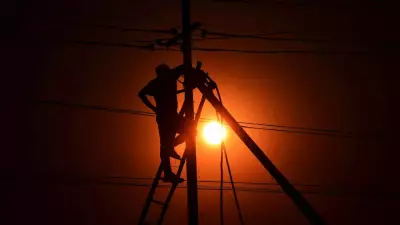
In a move that has raised eyebrows across media circles, the White House has implemented new restrictions limiting journalist access to Press Secretary Karine Jean-Pierre's office. This significant policy change marks a departure from previous administrations' practices and has sparked concerns about press freedom.
What Exactly Has Changed?
The new restrictions effectively create barriers between the press corps and the Press Secretary's working space. Previously, journalists enjoyed relatively open access to engage with press officials, but the current administration has quietly tightened these protocols without formal announcement.
This development comes amid ongoing tensions between the White House and certain media outlets, particularly those perceived as critical of the Biden administration. The restrictions appear to be part of a broader pattern of controlling media interactions and messaging.
Media Reactions and Concerns
Media professionals and press freedom advocates have expressed serious concerns about these new limitations. Many see this as another step toward reducing transparency and limiting the media's ability to hold the administration accountable.
Key concerns raised by journalists include:
- Reduced opportunities for spontaneous questioning
- Limited access to key administration officials
- Potential impact on the flow of information to the public
- Erosion of traditional press freedoms
Historical Context and Precedents
While previous administrations have occasionally implemented similar restrictions during sensitive periods, the current measures appear more systematic. The Trump administration faced criticism for its adversarial relationship with the media, but many journalists note that physical access to press officials remained relatively open.
The White House has defended its approach, citing security concerns and the need for more organized communication channels. However, media watchdogs remain skeptical about these justifications.
As this situation develops, the journalism community continues to monitor whether these restrictions represent a temporary measure or a permanent shift in how the White House engages with the press corps.





